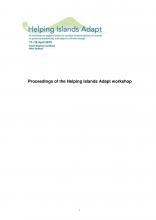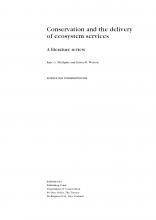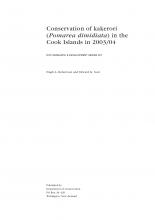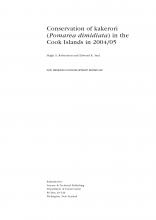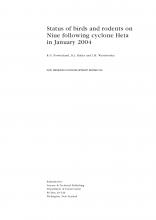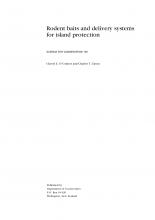Conservation and the delivery of ecosystem services : a literature review


Biodiversity Conservation, BRB
Available Online
McAlphine Kate G
,
Wotton Debra M
2009
Ecosystem services are the benefits people obtain from ecosystems, such as clean air, fresh water, and the pollination of crops. The aim of this literature review was to find empirical data illustrating the ways in which conservation land and conservation management activities affect ecosystem services. The widely-held belief that natural ecosystemssuch as those found on conservation land in New Zealandprovide a range of ecosystem services is generally supported by the literature. International studies show that natural vegetation can decrease air pollution, regulate local air temperatures, improve water quality, reduce shallow soil erosion, and retain natural nutrient cycles. It can also be beneficial for pest control and pollination on agricultural land. Wetlands can improve water quality and can play a role in drought and flood mitigation. Seagrasses, saltmarsh vegetation, and mangroves can reduce the height and force of waves and play a role in flood protection. In addition, maintaining biodiversity preserves genetic libraries and future options for discoveries of valuable biological compounds. The few studies investigating the effects of conservation management activities on ecosystem services indicate that restoring vegetation can improve water quality and water storage functions, can reverse soil degradation on a local scale, and can restore plant-insect interactions. Additionally, removing some invasive plant species can increase water yield. Unfortunately, very few studies of ecosystem services have been conducted in New Zealand to date, and only some of the international results are likely to be applicable under New Zealand conditions. Accordingly, while conservation is probably beneficial for a range of ecosystem services in New Zealand, the scarcity of local data makes it difficult to ascertain where and when, and to what extent, the majority of those benefits transpire. Keywords: ecosystem services, air, climate, water, soil, pest control, disease regulation, pollination, natural hazard protection, nutrient cycling, fish stocks, biodiversity, conservation management, natural habitat, restoration.
